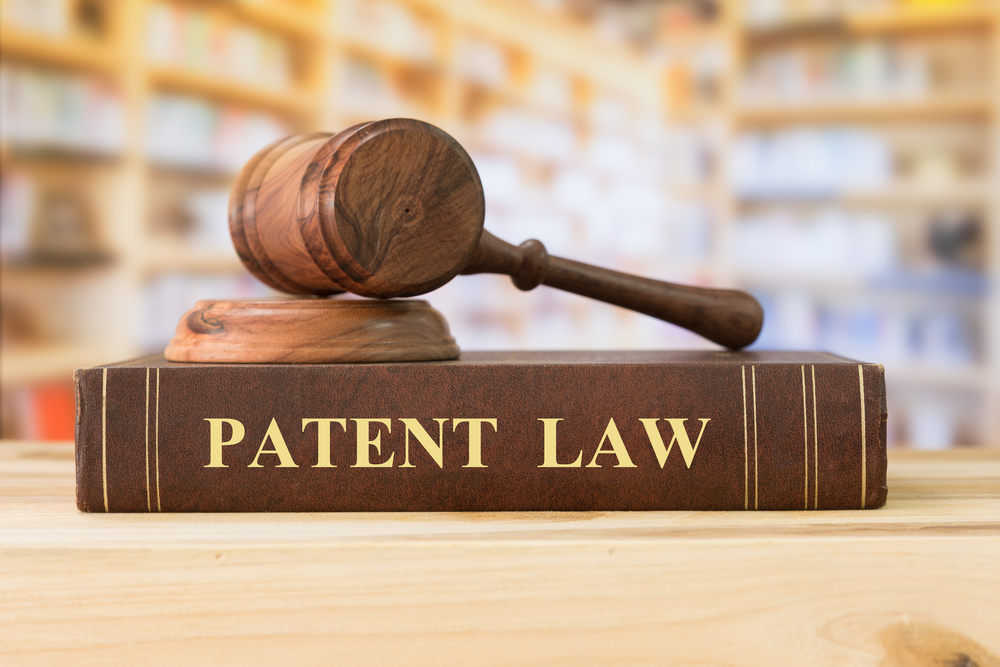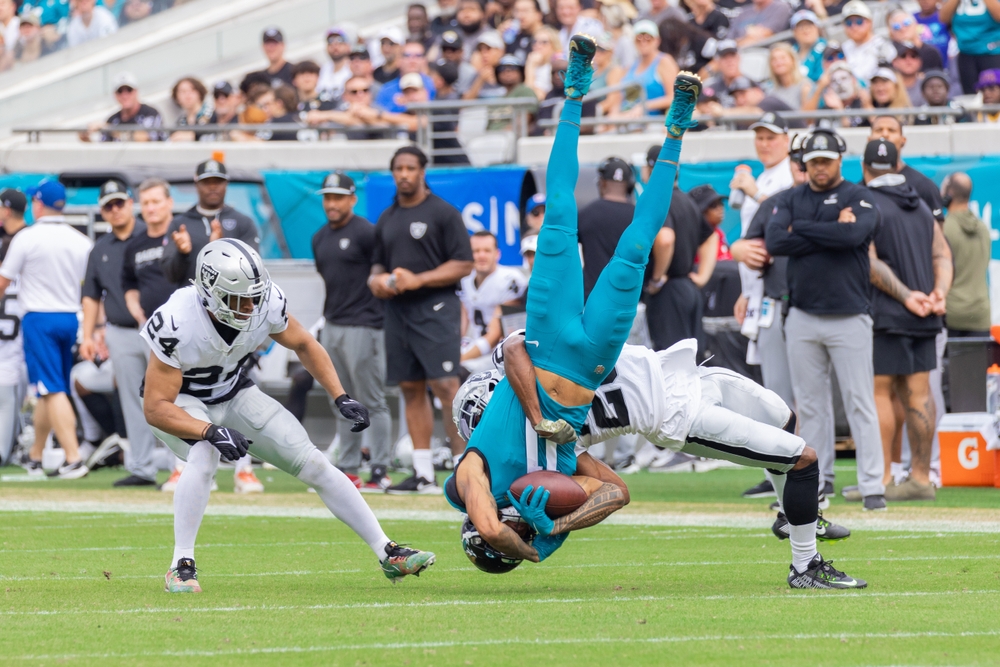Demand for patents up, number of patent lawyers down. Why?
While the number of patent litigation lawyers is decreasing more than any other segment of law practice, patent lawsuits are on the rise, with the COVID-19 pandemic as one of several factors fueling the demand for patents and their protection.
The pandemic has spurred online retail, the latest battlefield for patent infringement. It has also allowed more time for individual innovators to create new inventions. Patent law has always seen increases and decreases in demand as various forces of society and the legal world change.

RELATED: Lawsuits over 3M military earplugs reach major milestone
RELATED: Rideshare lawsuits a new specialty on the rise

“Patent law is a pendulum that swings back and forth. It’s been going on for 200 years,” said Bill Larson, patent attorney with Larson & Larson in Largo, FL. Consumer and corporate behaviors affect patent law as well as new laws, and which judges come into the court of appeals, said Larson, who has been involved in patent law since 1986.
“The demand for patent law is very high. We are running at 100 percent. We can’t take on any more work,” added Larson, whose firm works on about five patent applications in various stages a month.
According to the U.S. Patent and Trademark Office, 669,434 patent applications were filed in 2019 which was up from 643,303 in 2018. The number filed in 2018 was down from 651,355 the year before.
The number of patents granted in 2019, 391,103, was also up from the number granted in 2018.
Online battlefield increasing demand
Online marketplaces selling everything from fishing reels to lighted barbecue tongs to washable dog diapers are clearly the fastest growing storefront for consumer goods, and ripe for copycats and counterfeiters.
“The battlefield has shifted. Instead of federal district courts, we now use arbitration protocols of Amazon and other sellers on the Internet to enforce patents,” Larson said. Amazon and other platforms such as ETSY now have processes for citing a seller as infringing on a patent or pending patent. Larson’s firm charges $1,000 to file a “takedown” for clients with products being infringed upon.
The protocols that online retailers have established make patents more valuable for sellers.

Patents for online sellers have been viewed as a luxury but are now becoming a necessity, said Brittany Maxey-Fisher, a patent attorney with the Maxey-Fisher law firm in St. Petersburg, FL.
“If you don’t have a patent, it’s really difficult to get infringing products pulled” off sites such as Amazon, ETSY and Alibaba, which sells products from around the world in bulk at wholesale prices.
“Say somebody has a very cool fishing rod, they need to make sure it’s protected. There are people who can make it for less cost involved and throw it up online and sell it for less,” she said. While it might not be worth thousands of dollars in litigation for the owner of the patented product to go after the knock-off manufacturer, especially if they are in another country, a patent can be grounds for closing the site.
“If you can handcuff them by getting their online storefront pulled down, it stops the flow of income,” Maxey-Fisher said. It also gets a lower-priced competing product off the Internet. As more brick and mortar stores close in the wake of the pandemic’s economic hardships, more products will be sold online and copied. Instead of a counterfeiter needing to see and buy a product in person to recreate it, anyone around the world can have it within a few clicks. The bigger the audience the greater the vulnerabilities.
“Now you can do a virtual marking on websites to show something is patent pending or patented,” she said. Also, online platforms are placing a higher value on patented products with search engines that rank and place them higher, Maxey-Fisher added.
Life after Alice
Another reason for the increased patent activity is the legal world’s adjustment to the 2014 Supreme Court decision known as Alice. In Alice Corp. v. CLS Bank International the court held that generic computers performing generic computer functions can’t make something eligible for patent protection. It also created a two-step test to determine if a concept is ineligible and if other claims can make it into an eligible concept.
“For a while people weren’t really sure if their patents were even going to come out on the other side in some sort of an invalidity challenge,” Maxey-Fisher said.
At first after Alice, many patents were ruled invalid, but now more and more are standing. Maxey-Fisher credits the U.S. patent office for doing better examinations on the front end of patent applications and attorneys for getting better at drafting claims to defend patents. Pharmaceutical and mechanical patents are faring better than technology patents.
Even before Alice, technology companies were less inclined to apply for patents. They grew tired of fighting non-participating entities known as “trolls” who buy patents for the sole purpose of suing other companies for infringement. Also, the fast pace of changing technology often outpaces the time it takes to get a patent.
“With software and technology, the shelf life is extremely short. You are looking at two to three years to get a patent through,” Maxey-Fisher said. In that time period, a technological discovery can be advanced multiple times. “If technology is going to move faster than the patent office, less people are going to protect it.”
Cost of litigation
The high cost of litigating a patent case in court has also played a factor in the fluctuating number of lawsuits and desire for a patent that is so costly to protect.
“The advent of digital technology changed for patent law because it raised the cost of litigation exponentially,” Larson said.
“In the old days when you litigated a case you could give me a couple papers from your file and run them through the copier,” he said. “Now because of electronically stored information you have hundreds of thousands of documents. Imagine the cost and effort it takes to go through even a medium sized company.”
The hundreds of hours it takes for discovery, combined with experts who testify in court at $500 an hour, makes for a monthly minimum budget of $50,000 for a patent litigation case. Twenty years ago, Larson said, it would have been $10,000. Thus, negotiating out of court is usually the preferred course.
Need for more patent attorneys
Whether negotiating, litigating, filing patent applications or takedowns on Internet marketplaces, the demand for patent law is strong. So why is it the fastest decreasing segment of law practice?
“One has to have a technical background to be able to even be eligible to take the patent bar, which is required for patent prosecutors. The vast majority of law students do not have the technical background required,” said Raina Haque, a professor at Wake Forest University School of Law in Winston-Salem, NC, with expertise in computational law and emergent technologies.
“Few law schools have a very well developed program to support students who are interested in being a patent prosecutor, because few students are eligible in the first place.” (Wake Forest, however, has two professors, Haque and Simone Rose, who have been patent attorneys and have the engineering background.)
“Legal academia is recognizing the gulf between the law and technology, … and recognizing the need to produce lawyers who can bridge the gulf,” she said. “Some law schools are purposefully prioritizing accepting applicants with tech backgrounds. Many law schools are building law and tech programs and are in need of professors who teach in that space and produce scholarship.”
Contact Katherine Snow Smith at Katherine@legalexaminer.com. Follow her on Twitter at @snowsmith.

















